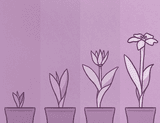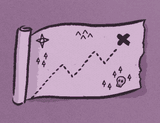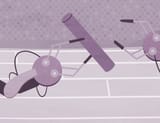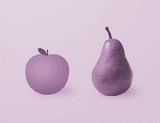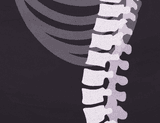
Fighting Stage Fright
In my younger days I performed quite a bit. I liked rehearsing and being on stage. I was a student teacher for an acting class. I somehow became the host of my high school talent show (footage of that has been burned). Yet despite having zero qualms about putting myself out there once my lines had been memorized, I was completely and utterly terrified of auditions. To this day, I have recurring nightmares about auditioning for a play and bombing so miserably that I feel embarrassed for hours after waking up.


